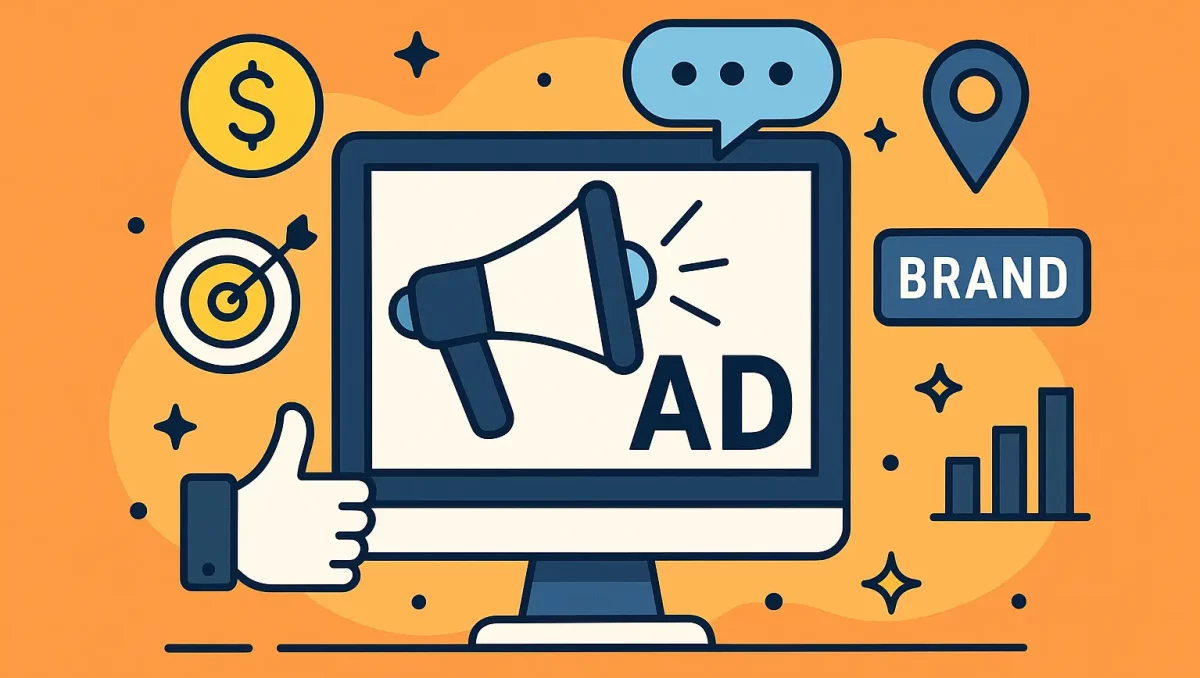I test stuff for a living. I click the ads. I buy the thing. I try it, then I tell you what really happened. Sounds fun, right? Sometimes it is. Sometimes it’s a mess. If you’d rather see the blow-by-blow of a campaign that looked huge and then imploded, my field notes on advertising blow-ups pull no punches.
Here’s the thing. Fake ads are everywhere. Some are loud and silly. Some look so real you feel dumb for blinking. I’ve fallen for a few. And I’ve also used big-name products that later got flagged by regulators for claims that didn’t hold up. Both kinds matter, because both take your trust. I unpack the whole saga—complete with screenshots and receipts—in this candid recap of how fake ads torched me if you want even more detail.
Let me explain how they got me, what I saw, and what I learned.
Before we dive in, I found a no-nonsense rundown on how reputable ad networks vet campaigns over at HuntMads that’s worth a quick read if you want to spot the junk faster. For another angle, my longform breakdown of real-world advertisements I’ve analyzed shows how decent creative can still steer you wrong.
The loud, shiny fakes I actually clicked
I don’t just scroll past. I click. I test. Sometimes I win. Sometimes it costs me a morning, a prepaid card, and a small chunk of pride.
-
The “Free iPhone for $2 shipping” survey chain
I saw this on social media last summer. Clean photo. Apple-looking font. I knew better… but curiosity won. It pushed me into survey after survey. Gift cards, trials, more trials. No phone. I bailed before it hit my real card. My friend kept going and got stuck with a gym trial they never wanted. Lesson: when a prize needs 10 hoops, it’s not a prize. -
The “Ray-Ban $24” fake storefront
You’ve seen this one. Big logo, tiny price. I almost grabbed sunglasses for a beach trip. The checkout page felt off—weird URL, slow load, no order summary. I backed out. A cousin went through a similar ad once and got plastic frames with a sticker. Ray-Ban didn’t run that ad. Scammers used the brand name. Classic impersonation. -
The “Shark Tank Keto Gummies” pitch
This ad said every Shark invested. That claim has been publicly denied by the show. I tested a similar offer with a prepaid card. The bottle did arrive, but a surprise “membership” charge hit the next month. I canceled and got the bank to reverse it. If an ad leans hard on a TV show name, I stop and check first now. -
The deepfake celeb crypto “live” giveaway
I’ve seen a fake “Elon” promising to double Bitcoin if you send it first. The video looked real at a glance. The giveaway clock ticked. My rule: if someone famous asks you to send crypto, you keep your crypto. Close the tab. Breathe. Make tea. -
The forever countdown clock
One store had a big timer: “Only 2 minutes left!” I opened the page on my laptop and my phone. Both clocks stuck at 1:59… for an hour. That’s not urgency. That’s a trick.
Real brands I used that got flagged later
Now, this part stings a bit. Because I used these. I liked some of them. And later, regulators stepped in and said, hey, those ad claims? Not backed. I’m not calling anyone evil. I’m saying the claims didn’t match the proof, and that matters.
-
Skechers Shape-ups (2012)
I wore these at my retail job. My feet loved the cushion. But the Federal Trade Commission (FTC) said the weight loss and muscle-toning claims weren’t supported and announced a settlement in 2012. The shoes were comfy. They just weren’t a fitness plan.
The official FTC press release detailing the $40 million settlement is available here. -
Lumosity brain games (2016)
I did the daily sets on my lunch break. Fun, no doubt. In 2016, the FTC said the ads promised too much about boosting work and school performance, and Lumosity settled. I still like the games. I just don’t call it magic.
The agency’s full announcement of the $2 million settlement lives here. -
Volkswagen “clean diesel” (2015)
I rented a Jetta TDI for a weekend trip. Smooth drive. Eco vibe. Then the emissions scandal broke. Regulators found cheating on tests, and the company faced huge penalties and recalls. The car felt great. The ads felt different after that news. -
Red Bull “gives you wings” case (2014)
I’ve chugged my share before long flights. In 2014, a class action over the implied performance claims led to a settlement without an admission of wrongdoing. I still grab a can for taste, not powers. -
Airborne tablets (2008)
I took them on planes. A lawsuit and FTC action said the cold-fighting claims weren’t proven, and the company settled. I still pack water, sleep, and tissues. Those work every time. -
POM Wonderful (2013 decision, later appeals)
I did the pomegranate phase, yes. The FTC pushed back on disease-related claims. Courts agreed that some ads went too far without strong proof. The juice tastes good. It’s not a cure.
You know what? It’s okay to like a product and still learn the ads were off. Two things can be true. I keep both in my head now.
The sneaky tricks that try to hook you
A few patterns show up again and again. Once you spot them, you can’t unsee them.
- Impersonation: Fake stores use real brands’ logos and names.
- Drip pricing: A cheap item… then surprise fees at checkout.
- Subscription traps: Tiny checkbox means monthly charge. For a striking example in the dating niche, check out my full breakdown of Heated Affairs review—it shows exactly where the costs hide and how to spot them before you sign up.
- Scarcity spam: Timers and “only 3 left” banners that never change.
- Free trial tax: “Just pay shipping” turns into recurring billing.
On the flip side, some ads in the adult-services space pose as “safety-first review boards,” yet they quietly steer you toward paywalled contact info and pricey upsells. I tore into one such Yorkville listing site, and the play-by-play—including how the star ratings get gamed and where the hidden fees hit—lives here: Erotic Monkey Yorkville. If you’ve ever wondered which signs scream “bait” before you even message a provider, that breakdown will save you time, money, and a possible headache.
I’ve seen all five in one weekend. Wild.
How I test ads now (so I don’t cry later)
I still click. I’m just smarter about it.
- I use a virtual card with a low limit.
- I screenshot the ad, the checkout, and the terms.
- I check the URL spelling. One extra letter can cost you.
- I look up the brand on the store locator. Real stores list real stockists.
- I search “[brand] + complaints” before I buy.
If an ad pushes me to rush, I slow down on purpose. A good deal can wait 60 seconds.
Quick gut checks I trust
- Too cheap to be real? It’s not real.
- Famous faces asking for crypto? Nope.
- Big claims with tiny fine print? Also nope.
- Free trial that needs your card? Think twice.
- Timer stuck at the same number? Close it.
Final thoughts from a tired, wiser clicker
I still love a good ad. A clean headline. A sharp photo. Honest claims. That’s art. If retro creative is more your style, my collector’s notes on 1960s ads show how persuasion looked before the internet spun it into overdrive. But fake ads waste time, money, and trust. And even real brands mess up when the promise runs ahead of the proof.
So here’s my simple rule now. If it sounds like a fairy tale, I look for the receipt. If there’s no receipt, I keep my wallet shut.
And yes, I’ll keep clicking the weird ones—so you don’t have to.

